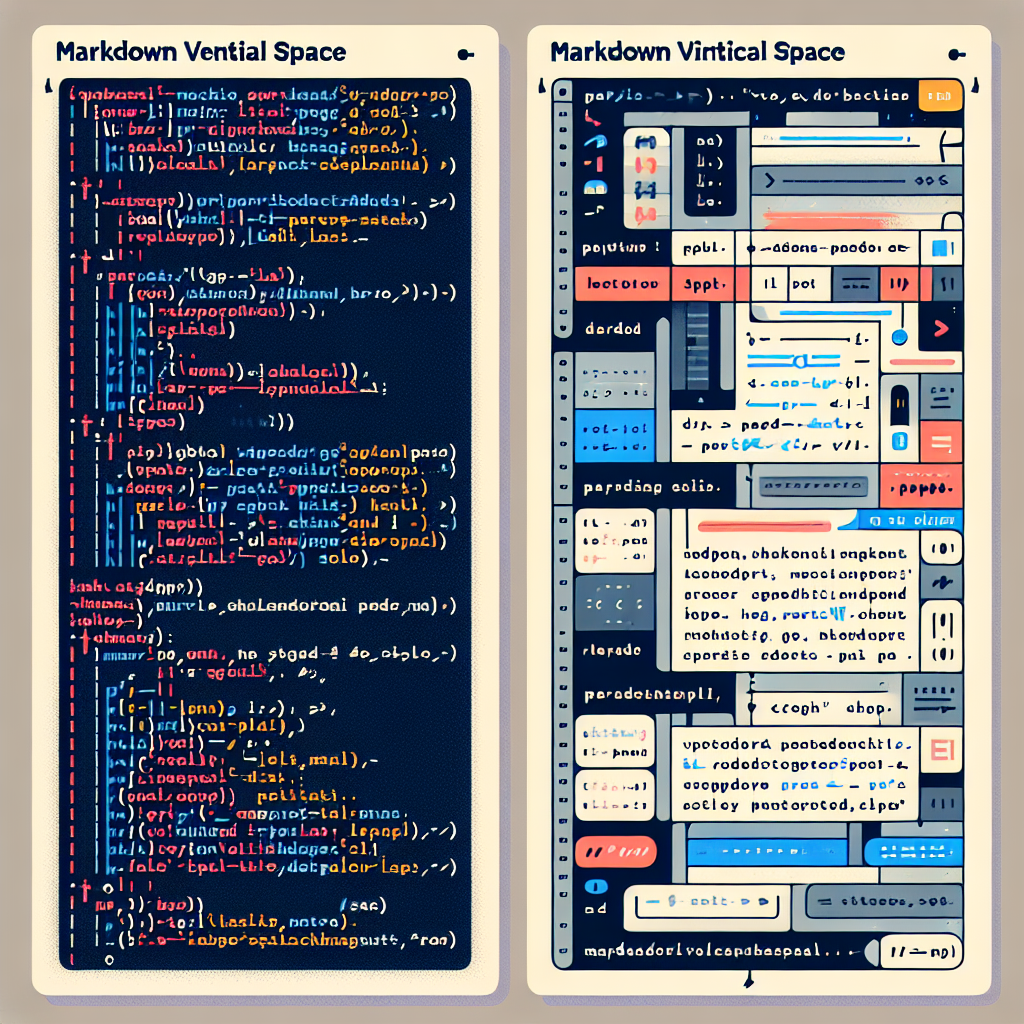Mastering Vertical Space in Markdown: The Art of Enhancing Document Layout
Enhance Markdown docs by mastering vertical space: use lines, headings, lists, and CSS for neat, professional layouts.

"Explore our suite of free Markdown toolsto convert, format, and enhance your documents with ease."
In the world of digital content creation, Markdown has become a preferred tool for many writers due to its concise syntax and powerful functionality. However, for many beginners, effectively managing vertical space, or the blank areas within a document, can be a challenge in Markdown. This article will delve into how to use vertical space in Markdown to enhance the readability and aesthetics of your documents.
1. Understanding the Importance of Vertical Space
Vertical space plays a crucial role in document layout. It not only helps readers distinguish between different content blocks but also enhances the overall visual appeal of the document. Proper use of vertical space can make a document appear more neat and organized, thereby improving the reading experience.
2. Basic Vertical Space Control in Markdown
In Markdown, the most basic method of controlling vertical space is through the use of blank lines. Blank lines can be used to separate different paragraphs or content blocks. For example:
This is a paragraph.
This is another paragraph.
In the example above, a blank line is inserted between the two paragraphs, creating a vertical space that makes the distinction between the two paragraphs more apparent.
3. Using Headings and Subheadings
Headings and subheadings are another effective way to utilize vertical space. By using different levels of headings, you can create a clear hierarchical structure within your document. Markdown supports six levels of headings, from # to ######, with each additional # lowering the heading level by one.
# Level 1 Heading
## Level 2 Heading
### Level 3 Heading
#### Level 4 Heading
##### Level 5 Heading
###### Level 6 Heading
The introduction of each heading level visually creates a vertical space, helping readers quickly locate and understand the document's structure.
4. Lists and Blockquotes
Lists and blockquotes are also effective tools for managing vertical space. In Markdown, unordered lists are marked with -, +, or *, while ordered lists use numbers followed by a ..
- List item 1
- List item 2
- List item 3
Blockquotes are marked with the > symbol:
> This is a blockquote.
These elements naturally create vertical space within the document, making the content more orderly and easier to read.
5. Advanced Techniques: HTML and CSS
For more advanced control of vertical space, Markdown allows the embedding of HTML code. By using the HTML <br> tag, you can force an insertion of a line break, thereby creating vertical space.
This is a paragraph.<br>
This is new content on the same line.
Additionally, if the Markdown document is rendered as HTML, you can use CSS to further customize vertical space. For example, you can set the spacing between paragraphs with CSS:
<style>
p {
margin-bottom: 20px;
}
</style>
6. Best Practices
- Consistency: Maintain consistency in the use of vertical space throughout the document, avoiding irregular blank areas.
- Moderation: Do not overuse vertical space, as it can make the document appear loose or unprofessional.
- Visual Inspection: After completing the document, perform a visual inspection to ensure the use of vertical space meets expectations and enhances the reading experience.
Conclusion
Mastering the management of vertical space in Markdown not only enhances the visual appeal of your documents but also improves the readability and professionalism of your content. By appropriately using blank lines, headings, lists, blockquotes, and HTML and CSS, you can create both aesthetically pleasing and functional documents. Remember, vertical space is an art in document layout, and its judicious use will make your content stand out.



Comments ()